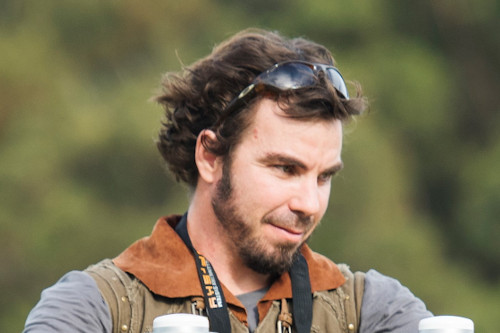We apply technology to solve environmental issues for a wide range of stakeholders, with a focus on drones and Artificial Intelligence (AI).
Ethical
Our mission is to make positive environmental impact. We strive to be socially and environmentally responsible in all aspects. We inject resources into further R&D to improve tech-based methods, our ecological understanding and share scientific knowledge to scale our positive impact.
Evidence-based
Our team is from diverse scientific backgrounds and our work is grounded in science. We conduct and support cutting-edge research in tech-based conservation ecology, as well as frequently publish in science journals to share knowledge.
Innovative
We push the frontiers of Ecology AI and the methods underpinning animal detection and analysis. Our methods and processes are often very novel and cross a range of scientific specialisations.
Impactful
Our focus is always on useful deployment for making a positive difference, rather than 'proof-of-concept'. We design integrated methods and systems to be implemented in real-world contexts for solving environmental challenges.
Sci-eye is led by an interdisciplinary team of experienced scientists.

Ecology AI | Drones and tech | Statistical modelling
Dr Andrew Colefax is a passionate Conservation Ecologist with particular specialisations in developing novel, tech-based methods for detecting animals and assessing their behaviour. He is particularly interested in leveraging sensor-based platforms and building Ecology AI systems in the workflow to help solve previously intractable environmental issues. Andrew also enjoys being out in the field, for testing drone methods and filming natural animal behaviour for wildlife documentaries. Andrew continues to actively support novel scientific research through collaboration, as well as through supervising and supporting PhD candidates in tech-based ecology.

AI & Machine Learning | Data Science | Real-World Solutions
Dr Andrew Walsh has extensive experience and expertise in AI, computer vision, data science, hardware/software interfacing and app development. He has particular interests in Ecology AI and image processing, leveraging his profound experience of over 30 years’ and ~300 scientific publications across astrophysics and complimentary disciplines. Andrew is passionate about seeing science-based approaches being implemented and making a real-world difference. He is particularly focused on developing novel ways to develop and package technical and functional systems to an intuitive and useful tool for the customer.
We are working and collaborating on a diverse range of projects. Here are some project highlights.
Sci-eye works with a diverse range of organisations and companies